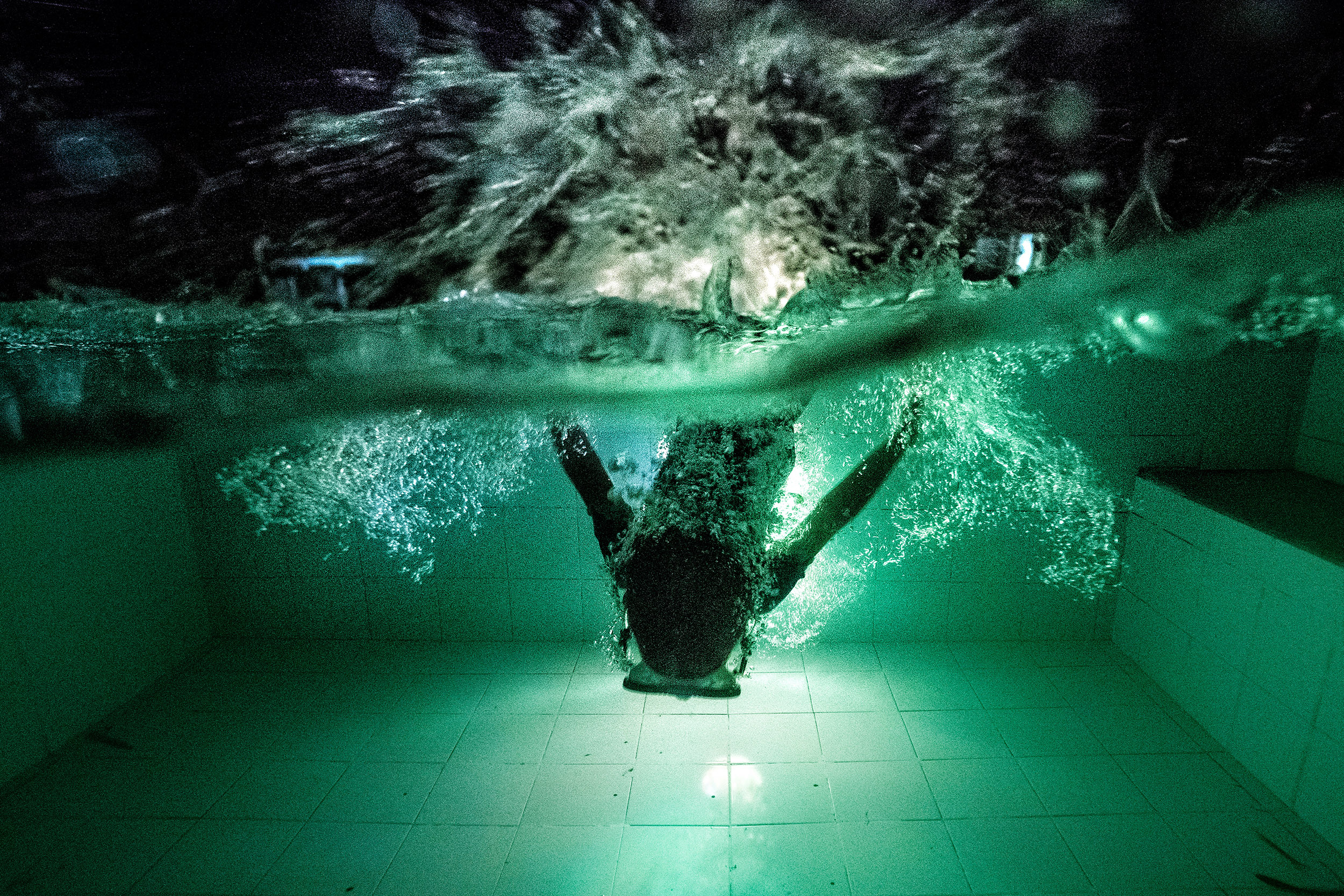How to Photograph Great Whites
Honestly, the most important thing to consider when photographing Great White Sharks in the waters surrounding Isla Guadalupe, is the thickness of your wetsuit. It’s cold down there. Deciding when to pee whilst in said wetsuit is also up to debate. Diving is one of those endeavors that encourages you to spit in your mask and pee in your wetsuit. Anyone who says otherwise is lying.
The problem for us – or maybe it wasn’t a problem – is that on this trip to photograph nature’s most evolved marine predators – our young children were with us. Marvi and I are either going to win parenting of the year award or the parents of infamy, depending on whether or not Mateo, 8, and Kaleb, 7 would be devoured.
For the last few years, we have been photographing sharks and other underwater life after everything on land became passé (j/k). But this time our young kids wanted to join, and we didn’t want to disappoint (and we couldn’t afford to leave them at home with a babysitter).
Image-making underwater has a steep learning curve, light and depth perception, contrast, and color all work differently down in the water.
In this video we made with sponsorship from Sony Images; Marvi, Luke Inman, and I lay out a few choice tips that can help you get your Jaws fix and come away with an appreciation for these astounding creatures, plus a few choice images to look back on.
1. DONT touch the animals. They are wild, they eat when the opportunity presents itself, and have the never-ending ability to grow razor-sharp teeth. Also, ethically – it’s not cool. We are just visitors in their world.
2. Safety First – go with an operator that has a good reputation – and LISTEN to what they tell you. Chances are they have done this before and didn’t get eaten.
3. Bubbles. Be aware of them. Sea creatures can get really spooked by scuba equipment since no life forms in their world blow bubbles the way we do. It marks us as foreign and potential predators.
4. Autofocus is your friend. Embrace it, but don’t rely on it. Move with what you are shooting. Anticipate.
5. Wide-angle lens and be there. After 15 feet we lose most the light spectrum in water. Images taken with a long lens just end up looking like a blue mush. Go wide and get as much light as you can bouncing from shark to camera.
6. To strobe or not to strobe? Most creatures don’t like it. Strobes and LEDs can confuse underwater life. And there are rules governing over-usage. So be aware of that going into it. Of have a plan to use strobes for some shots, but remember to change your shutter speed while underwater! Strobes sync at 1/250th. Sharks move a lot faster……
And just so you all know – the kids made it.
For more on our equipment, go to WHAT’S IN OUR BAG










